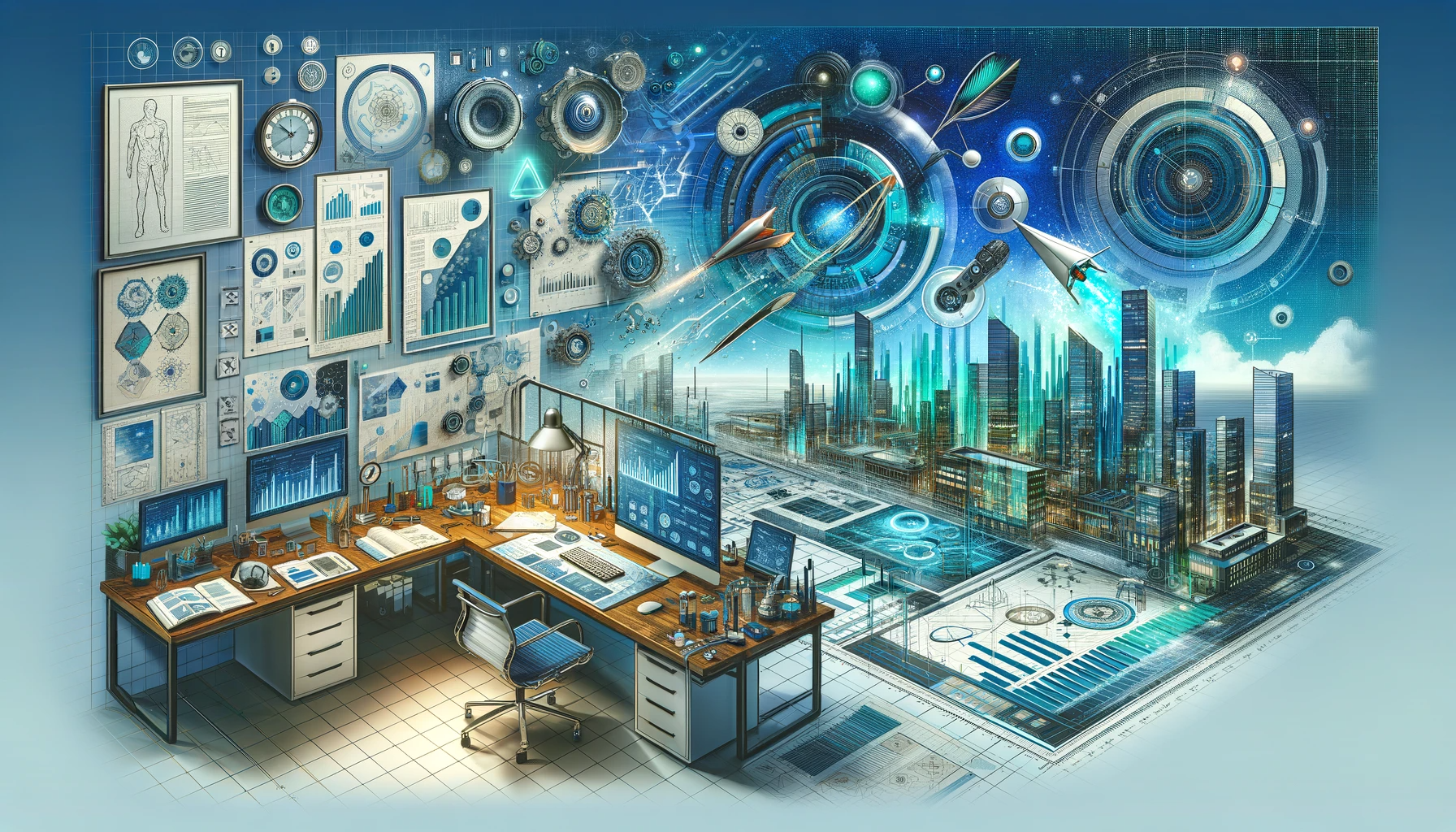Major Changes in the European Innovation Council (EIC) Work Programme 2025: EIC Accelerator, EIC STEP Scale-Up and EIC Pre-Accelerator
Introduction to the European Innovation Council (EIC) Work Programme 2025 The European Innovation Council (EIC) Work Programme 2025, established under the Horizon Europe framework (2021-2027), outlines the EU’s strategic plan for promoting breakthrough technologies and game-changing innovations across Europe. With a funding budget exceeding €1.4 billion for 2025, this programme targets researchers, startups, SMEs, scale-ups, and investors to foster high-impact innovations that align with the EU’s objectives in green transition, digital transformation, and strategic autonomy. Through a combination of grants, investments, and specialized services, the EIC aims to support pioneering technological advancements and scale up promising companies across the EU. The document provides comprehensive guidance on the EIC’s available funding schemes, application processes, and selection criteria, aiming to streamline access to resources for high-risk, high-reward initiatives. It also covers additional support mechanisms such as the EIC’s Business Acceleration Services, which include access to coaching, mentoring, expertise, and partnerships within the innovation ecosystem. Index of Content Introduction Strategic Goals and Key Performance Indicators Overview of the 2025 Work Programme Key Features of EIC Support Outlook for 2026 and Future Years EIC Pathfinder EIC Pathfinder Open EIC Pathfinder Challenges Biotech for Climate Resilient Crops and Plant-Based Biomanufacturing Generative-AI Agents for Medical Diagnosis and Cancer Treatment Autonomous Robot Collectives for Construction Environments Waste-to-Value Devices for Circular Production EIC Transition Support for Technology Validation and Business Plan Development EIC Accelerator EIC Accelerator Open EIC Accelerator Challenges Advanced Materials Development and Upscaling Biotechnology for Low-Emission Food Production GenAI4EU: European Generative AI Champions In-Space Servicing and Resilient EU Space Infrastructure Innovations in Future Mobility EIC Strategic Technologies for Europe Platform (STEP) Scale Up Call Investment Opportunities for Strategic Technologies Business Acceleration Services EIC Business Coaches EIC Community and Women Leadership Programme Investors’ Outreach Activities Ecosystem Partnership Programme & ESG Promotion Participation in Trade Fairs Global Soft-Landing Programme EIC Prizes European Prize for Women Innovators European Capital of Innovation Awards (iCapital) Other Actions Honoraria and Expenses for the EIC Board External Expertise for Monitoring and Ethics Communication, Outreach, and IT Systems Danish and Polish Presidency Conferences Women TechEU Initiative Expert Group on EIC Plug-In Scheme Annexes Estimated Indicative Budget General Conditions Fast Track Scheme for EIC Accelerator Pilot Plug-In Scheme for EIC Accelerator Booster Grants for Pathfinder and Transition Awardees Intellectual Property Provisions for Pathfinder and Transition This structured roadmap provides guidance for potential applicants on funding avenues, eligibility criteria, and support services available through the EIC Work Programme, designed to foster cutting-edge technology and business growth within the EU. 1. Introduction The Introduction section of the European Innovation Council (EIC) Work Programme 2025 outlines the EIC’s strategic approach and core objectives for the year 2025, including its goals, key performance indicators, and an overview of the available funding schemes and support mechanisms. This section serves as a guide for prospective applicants to understand the scope, priorities, and operational framework of the EIC, helping them align their projects with the EIC’s mission of fostering breakthrough innovations and scaling up impactful technologies across Europe. Strategic Goals and Key Performance Indicators The EIC’s strategy for 2025 revolves around six core goals designed to track and measure the programme’s success, with specific key performance indicators (KPIs) aligned to each goal. These goals are intended to guide the EIC’s investments and operations towards: Becoming the Investor of Choice – Attracting visionary entrepreneurs and researchers, including underrepresented groups such as women innovators and those from less-developed ecosystems. Crowding in Investment – Bridging a critical funding gap to stimulate between EUR 30-50 billion in European deep-tech investment. Supporting High-Risk Technologies – Targeting strategic areas crucial to societal needs and the EU’s autonomy in critical technologies. Increasing European Scale-Ups and Unicorns – Aiming to grow European startups and SMEs to a level that competes globally, particularly with the USA and Asia. Catalyzing Innovation from Public Research – Building partnerships to harness research and commercialize innovations across the EU. Achieving Operational Excellence – Improving EIC processes to meet the expectations of applicants, investors, and stakeholders. The EIC Board reviews and reports on progress against these KPIs in annual impact reports, ensuring transparency and accountability in how funds are allocated and innovations are supported. Overview of the 2025 Work Programme The EIC’s 2025 Work Programme includes four primary funding schemes, each targeting a different stage in the innovation cycle: EIC Pathfinder – Focused on funding early-stage, high-risk research to develop the scientific basis for transformative technologies. EIC Transition – Supporting projects in validating technologies and preparing business plans for market readiness. EIC Accelerator – Aiding startups, SMEs, and small mid-caps in bringing innovations to market, particularly those requiring scale-up support. EIC Strategic Technologies for Europe Platform (STEP) Scale Up – Prioritizing scale-up funding for digital, clean, resource-efficient, and biotechnology innovations critical to European strategic goals. Each scheme provides financial support paired with non-financial services such as coaching, mentoring, and networking, helping awardees to scale up and navigate the innovation landscape successfully. Key Features of EIC Support The EIC offers a combination of direct financial support and supplementary Business Acceleration Services, extending beyond just funding. This approach is designed to help beneficiaries: Access Coaching and Mentorship – Beneficiaries receive bespoke guidance from industry experts to refine business strategies, accelerate development, and prepare for market entry. Engage in Proactive Project Management – EIC Programme Managers are actively involved in overseeing funded projects, setting milestones, and providing resources to ensure the progression of high-potential innovations. Foster Collaborative Portfolios – Beneficiaries are grouped into thematic or challenge-based portfolios, facilitating knowledge sharing, regulatory guidance, and further development across similar innovation areas. Outlook for 2026 and Future Years Looking forward, the EIC anticipates continuity in its main funding calls while exploring improvements based on the 2025 programme’s outcomes. Insights gained through EIC Programme Managers, policy shifts, and the mid-term Horizon Europe review will inform adjustments, with a particular focus on refining the STEP Scale-Up pilot and aligning challenges with evolving EU policy priorities. The Introduction section thus establishes the EIC’s overarching goals and sets a foundation for understanding how the Work … Read more







